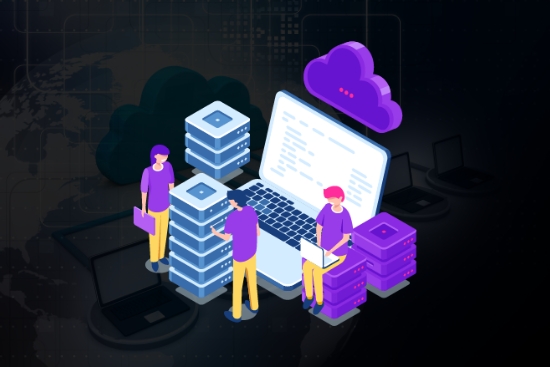Considering the number of organizations which are evolving rapidly, by the end of 2030 almost 90% of the business industry we see today on legacy servers will be shifted on cloud servers following public cloud migration services . Observing the advantages of cloud migration organizations are beginning to understand the concepts which are helping them reach the heights of success in their business.
In this article we will be doing in-depth discussion regarding strategies of cloud migration services. The well planned strategies of cloud migration that suits your organization perfectly. After you have read this article you will be able to design a comprehensive process of your cloud migration in light of these strategies and never will have to worry about it in the Future.
Below mentioned are the expert and corporate strategies use in cloud migration;
A. RE-HOST

Among the hastiest, commonly used yet the simplest strategies used for relocation of your data to cloud is known is REHOST. In the industry of cloud migration, this process is widely known in simpler terms as the “lift-shift” strategy.
Going further in details of how this process works. It is a literal meaning of its widely known name. Shifting of the exclusive data and applications from an already running and on-grounds installed server to a cloud server. To put it in more easy words it is actually works as duplication of applications and data into a cloud base structure. This transfer does not requires any major or minor changes. However, this process does not necessarily have to be complex one. It is a really well-known practice among the corporations and enterprises taking their first step into the advancements of cloud migration.
Organizations with huge data amounts also consider this process to be quick and stress-free. Their immediate relocation of business operations, applications and data to the cloud can be easily covered by the REHOST strategy of cloud migration.
B. RE-PLATFORM

The second strategy can be a little-bit tricky. It doesn’t mean your head is going to explode with the complex process known as RE-PLATFORMING in the cloud industry. When discussing in details about this process you will get to know that a little-bit tricky part is actually going to be just a few simple modifications.
This strategy actually is nearly identical process of RE-HOST but with a fewer alterations. In this process public cloud migration servicesactually introduce a small number of adjustments in already running applications. This minor change in the configuration of the coding of applications does not entirely change the fundamental functionality of that application. For example, accumulating of new features in that application or may be deleting some not needed functions to maximize optimization.
As we discuss a common name for previous strategy. Likewise this strategy also has a market name known as “Lift & Optimize” strategy.
C. RE-FACTORING

In the cloud migration strategies RE-FACTORING is the technique that require certain expertise to perform. It is not a simple process like we discussed in the previous two strategies. It is a fairly complex one. Usually for highly important applications that are in need of upgradation due to lack of productivity or performance challenging migration techniques has to be deployed.
This strategy is focused on generating strong business with the modernization of the existing applications making them last long in the future as well. If we go in details of the process we will come to know on what principles this strategy is based.
The process this strategy follows requires break-down of an application’s components into its basic code and then altering the code and functionality with reference to advancements for a better performance structures and then RE-ARCHITECTING them and relocating them to the desired cloud platform.
This strategy’s commonly known names are “RE-ARCHITECTING” or “RE-BUILDING”. It mostly is designed to make the applications future proof. This benefits of this migration includes immediate disaster recovery, self-healing, shielding of the application environment and many more. Corporates tend to apply this strategy for getting simplicity and speed in their business process.
D. RE-PURCHASING

This strategy is also known as the process of “RE-PLACING”. The name of the strategy suggests the pathway of the process as well. In this process all the old applications are fully substituted by a “Service as Solution” (SaaS) procedure that actually equipped you with the applications of similar functionality.
This migration undergoes with a complex set of steps in this process. It is significantly depends on the specific requirements and rules of migration applying to the in process data. There is also another side of this migration which does not include all these heavy efforts. In the case of you switching from vendor to a different vendor it can be done with little effort or even automatically.
E. RETAIN

RETAIN strategy is commonly known as “REVISIT” strategy. This process applies to a case where in recent times you have upgraded your data and applications but still they are missing out. It could also be a case of some applications you are not going to migrate but still require optimization.
a case of some applications you are not going to migrate but still require optimization.
Working in these scenarios you can hold onto the applications that you don’t want migrated. In addition you can relocate the rest of applications to the cloud servers and revisit the retained applications later on because the circumstance might be different.
F. RETIRE

The “RETIRE” strategy consist of the process in which an entire application is eliminated. This becomes the case when your business model is not in further need of that specific application functionality. This mostly happens when enterprises under-go a merger process.
n this special situation, you should be taking the leap into the future of digitization and welcome the public cloud migration services as a golden opportunity to optimize your applications list and let go of the retired applications making your framework of the organization lighter and efficient.
CONCLUSION

From the R of “RE-HOST” to the R of “RETIRE” these 6 strategies are a significant tool for scheduling any cloud migration technique. With this aforementioned knowledge of all the important migration strategies you are provided with all the help you need to get started, in addition enabling you to have complete command on your migration process.




